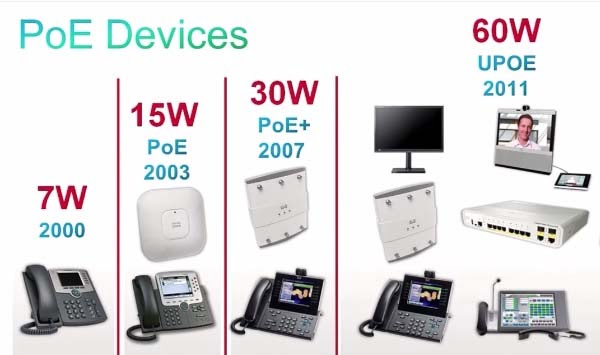A Buyer’s Guide: Considering to Buy IP Phone
A Buyer’s Guide: Considering to Buy IP Phone
At some point, it will be time to replace or upgrade your telephony system, and never before have there been so many options. Regardless of what you’re using today, this presents an opportunity to do something different. Some businesses will elect to get an IP-based version of their legacy system and keep the status quo. This may also apply to smaller firms that don’t have a switched system and only want the benefits of IP phones that they cannot get with existing phones. Finally, other businesses may be comfortable with Web and cloud-based telephony solutions that do not require a switch, and instead only call for IP phones in terms of new hardware.

What will the IP phones be used for?
This may seem like a simple question, but the range of options is much broader than the last time you probably decided on phones. With legacy technology, a phone was purpose-built, and there was little else to consider, especially since voice ran over a dedicated network. Not only was a phone just used for sound, but everyone pretty much used their phones in the same manner. Aside from voice, IP phones can support most of the modes used now to varying degrees. You could undoubtedly get IP phones with the only sound in mind, and in many cases that will suffice. However, nothing is stopping you from viewing these as multimedia devices that can readily support video, conferencing, and some Web-based applications.
Not only that, but you can get different types of IP phones to support the specific needs of groups across your business. In legacy times, everyone often got the same phones even though their use of the features varied widely. With IP phones, you have a lot more flexibility, not just for the base features, but to add or enable new features over time as needs change. Also, since these phones aren’t capitalized, you never have to feel stuck if your needs change quickly. New models come out all the time, and there will always be affordable options to add new phones or upgrade the ones you may have just recently bought.

Who will be using the IP phones?
This may also come across as a self-evident consideration, but the answer is likely different from your last time around. When buying a phone system, you’re getting a one-size-fits-all solution. Every phone was hard-wired to a desk and tied an expensive, hardware-based system. Today, you don’t need to buy something on this scale, and that gives you more options. Not only can IP phones take many forms, but they need not be tied to the desktop or hard-wired to a designated space. Remember, legacy phones are connected to a voice network and limited to its physical footprint. IP phones connect to the data network via an IP or SIP address, and the only requirement is access to broadband. This takes all the physical constraints of legacy out of the equation, which also means that employees can use IP phones in a broader range of scenarios. As such, you can think more broadly, not just about who can have an IP phone in your business, but also where they will be working from.
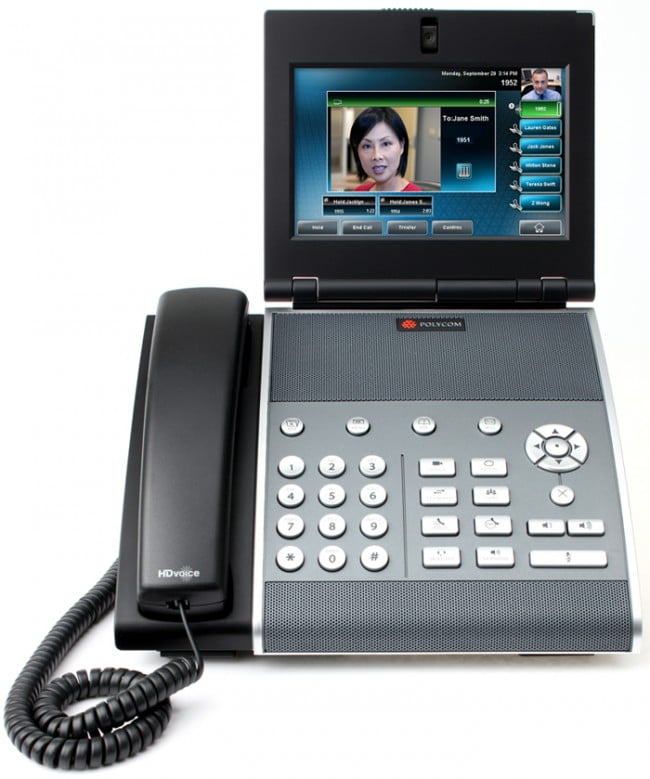
What type of IP phones do you plan to use?
This may also seem simplistic but is at the heart of how telephony has evolved. With legacy, there is one type of phone, with the main variation being how many lines the phone supports. They all have the same form factor, are wired into the same network, and are relatively expensive. With IP phones generally being less costly, there are options for everyone. More importantly, there is a broader range of types of IP phones to consider. For those who want the familiar experience, most varieties closely resemble the look and feel
of a legacy desk phone. They will also be physically connected to a network, but not hard-wired. Since they use a plug-in jack, these phones are quite mobile and can be moved from station to station without missing a beat.

What budget do you have in mind?
For many, this might be the most critical consideration, especially if your frame of reference is legacy. In that world, phone systems were a capital expenditure, so this would have been a significant investment along with the expectation of an extended use life, typically 10+ years. During the initial transition to VoIP, larger businesses needed to migrate from PBX to IP PBX, but adoption was slow for some reasons. One factor was the high cost of the IP phones that were part of the IP PBX system. At that time, this largely offset the economic benefits of VoIP, and if that sounds familiar, you may still think of the phones as being a high-cost item. As VoIP traction developed, the cost of these phones came down, and today, most types of IP phones are affordable for businesses of all sizes.

What are your needs for voice?
IP phones aren’t always just about voice, but this is a pretty fundamental consideration. The role of voice may not change, but like the other factors in this analysis, VoIP provides new possibilities that go beyond legacy. Whether you use legacy or IP phones – or even a mix of both – these endpoints are only one piece of the puzzle for addressing your voice needs. Most employees don’t have special needs for voice so long as the quality is excellent and the service is reliable. This has more to do with your network and choice of the VoIP service provider, but for everyday use, most IP phones should do the job. VoIP usually comes with some small compromises in these areas when compared to legacy telephony, but to be good VoIP also has some upside that you may not be thinking about.
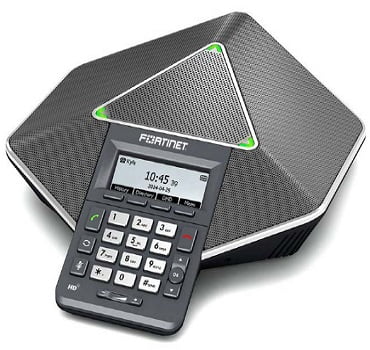
What telephony features are you looking for?
This is largely a function of budget, so you need to have a good idea of both must-have and nice-to-have features. Chances are you’ll want to at least be on par with your current phones, but you could just as likely be on both ends of that spectrum. In other words, you may have a full-featured legacy phone system that needs replacing. Most businesses only use a fraction of the features hard-wired to those systems, so you may not even know what’s possible today. Conversely, you may be coming from a more scaled-down scenario with perhaps KTS – Key Telecom System – or standalone phones, in which case you have minimal features or ability to upgrade.
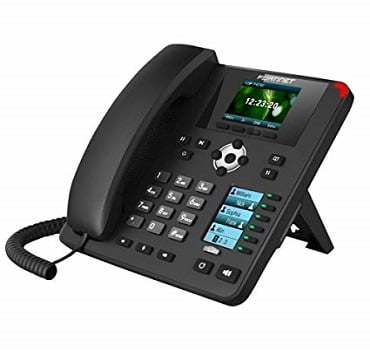
Are you looking for visual display features?
This consideration starts to broaden the IP phone discussion beyond its primary use for telephony. As noted earlier, sometimes a phone is just a phone, and for many or most that will be enough. However, as with anything based on IP, much more is possible. IP phones typically come with some form of a visual display, but the range can be quite extensive. The most basic display supports telephony with standard text-based information – caller ID, time, date, length of call, etc. These are usually 1 or 2 lines of text with low resolution and may be programmable by the end user rather than centralized by IT.
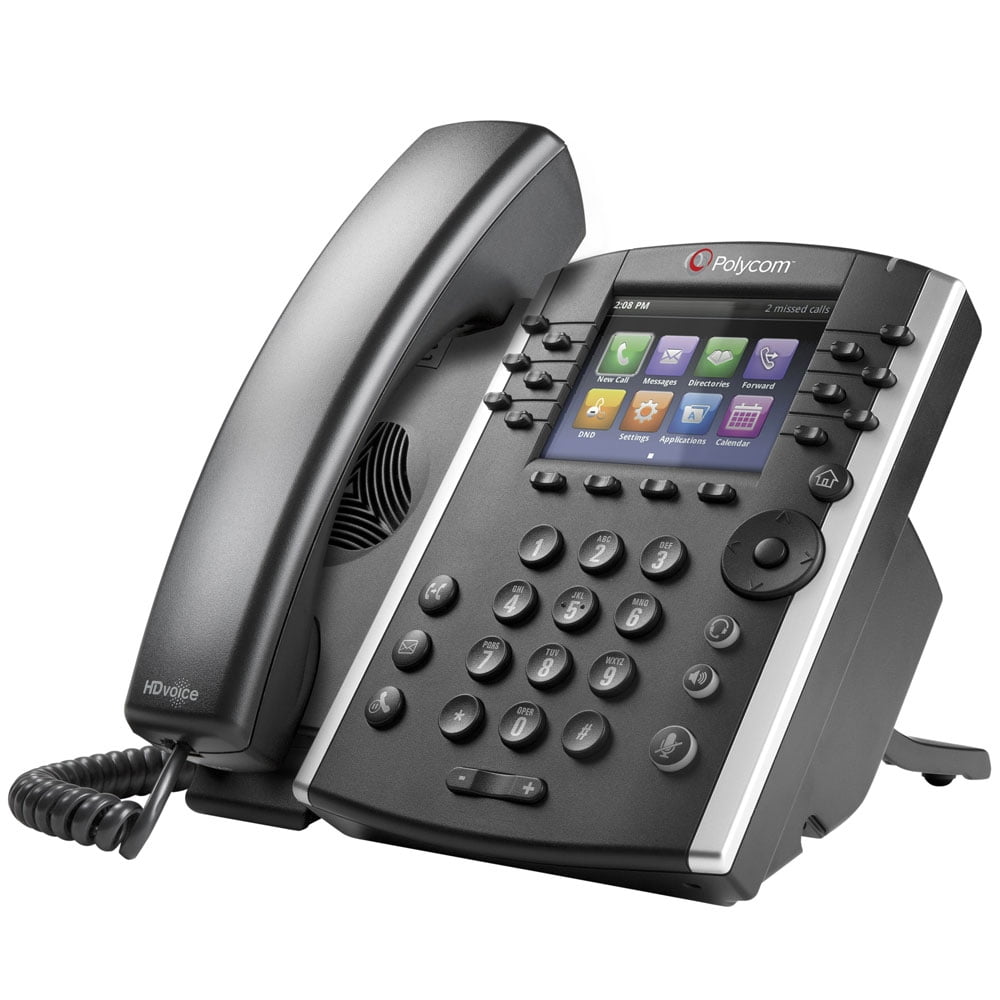
How important is a video for IP phones?
This builds on the previous consideration, but video needs additional analysis. The business case for video is still evolving, but as the cost keeps dropping and the technologies keep improving, the obstacles become more accessible to overcome. If you see the value of video for your business, then IP phones should be in your thinking. You may only need this for a select group of employees, and you can quickly get video enabled phones for them. In this case, you’ll also need to ensure your network can support video as well choosing the right deployment model for the service. On a technology level, this takes us into the protocol space where the standards recommended by the IP phone vendor need to align with your network. A key factor is an H.264 codec, especially the latest extension, SVC – scalable video coding. IP phones aren’t the ideal environment for video, but by using current standards, you can get passable results at a manageable cost.

Do you need integration with mobile telephony?
Just as video needs specific consideration, so will mobility. There are two elements to mobility, and each will impact your plans around IP phones. First, you need to look at movement as a trend unto itself. All businesses are trying to manage the onslaught of smartphones and the new demands of BYOD, and it’s clear that these are becoming
the devices of choice. If you see a noticeable drop-off in usage of desk phones with no end in sight, you may choose to go with the flow. In this case, you’ll likely opt for basic IP phones, which may accelerate the shift to mobility if that’s where employees get the best results. It’s possible you may want to lay the groundwork to phase out desk phones altogether and rely entirely on mobility.

How will these phones be powered?
This is a practical consideration but will impact your choice of IP phone. The main factor is whether you are currently or planning to use PoE – Power over Ethernet. If so, the phones must support PoE, in which case both power and connectivity flow over the same cable. This provides the best throughput and is indeed better than
USB, which is limited in its ability to support peripherals to enable telephony as well as video, and can only transmit power effectively over very short distances.
Conversely, your IP phones can be AC powered, which means separate connections for data and power. This will be more common in lower-end models as well as cordless phones and can be perfectly serviceable for basic telephony needs. The only caveat is the need for each phone to have access to a power outlet, either wall-mounted or running off a power bar.
